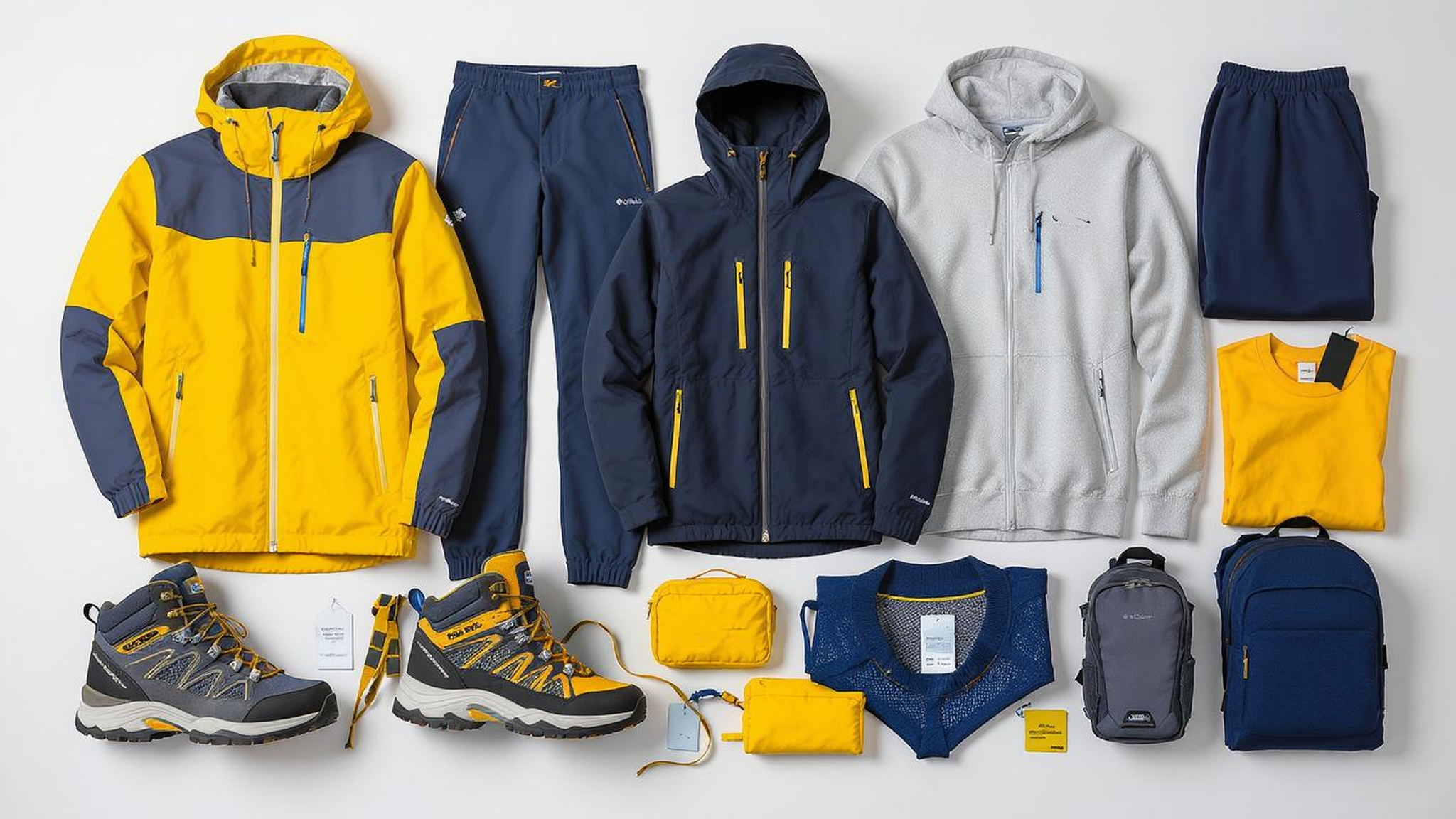Let’s be real for a second.
You’re scrolling through Amazon or REI, looking for a jacket that won’t leak when it rains, won’t suffocate you on a hike, and—hopefully—won’t break the bank. You see a Columbia name tag, maybe that familiar red, white, and blue logo. It looks solid. It’s everywhere. And it’s priced somewhere between “affordable” and “wait, that’s how much?”
So you pause.
You don’t want to overpay. But you also don’t want to buy junk.
At Fexwear, we get this question every day: “Is Columbia actually good… or are we just buying the brand?”
And after 15 years in the sportswear manufacturing game—designing, testing, producing, and reverse-engineering gear for brands big and small—I can tell you: the answer isn’t simple. But it is honest.
Because here’s the truth no one wants to say: Columbia isn’t overpriced because it’s better. It’s overpriced because it’s famous.
And if you’re building a brand, running a store, or just trying to outfit your weekend adventures without emptying your wallet, you need to know what you’re really paying for.
So let’s pull back the curtain.
What You’re Actually Paying For When You Buy Columbia
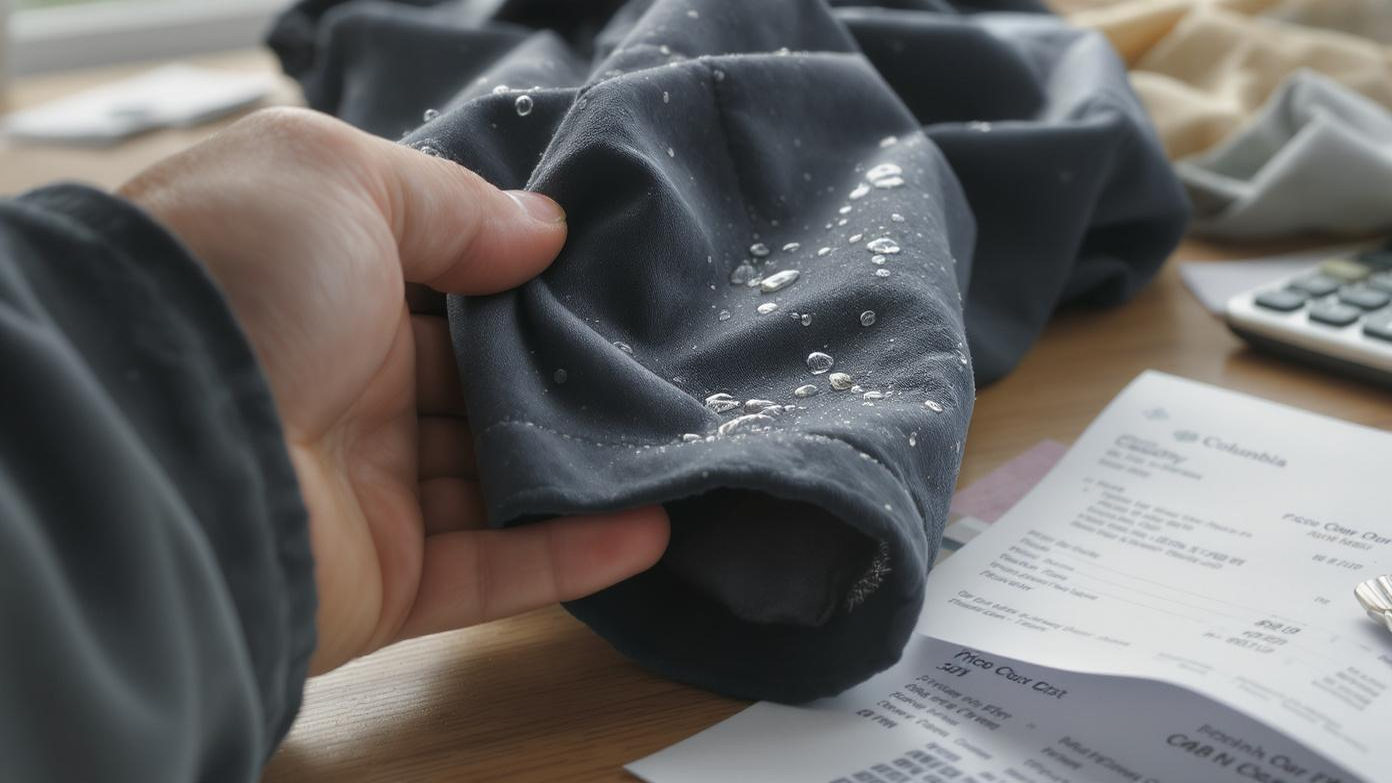
Look, I’ve spent years dissecting sportswear—not just wearing it, but building it. I’ve held Columbia’s fabrics in one hand and premium European membranes in the other. And here’s what I’ve learned: Columbia delivers solid mid-tier performance at a premium price.
But why?
Let’s start with the basics. A Columbia rain jacket—say, the Whirlibird IV—retails for $120. On sale, it might drop to $80. That seems fair, right?
But here’s what that $120 actually covers:
- Materials: ~$18
- Labor: ~$12
- Distribution & Retail Markup: ~$40
- Marketing & Branding: ~$30
- Profit Margin: ~$20
That’s not a guess. That’s based on real factory quotes, logistics data, and retail margins I’ve seen from working with global suppliers.
So yes, the jacket costs money to make. But less than a third of what you pay goes into the actual product.
The rest? It’s for the commercials, the mall storefronts, the athlete sponsorships, and the decades of brand equity that make people reach for Columbia without even comparing alternatives.
And that’s not evil. It’s business.
But it is something you should know.
Because if you’re a small brand trying to compete, or a consumer who wants performance without the tax of fame, there’s a better way.
And that’s where brands like Fexwear come in—cutting the noise, the middlemen, and the inflated branding to deliver the same protection, breathability, and durability at a smarter price.
Want to know how? Let’s go deeper.
The Real Cost of “Performance” Fabric
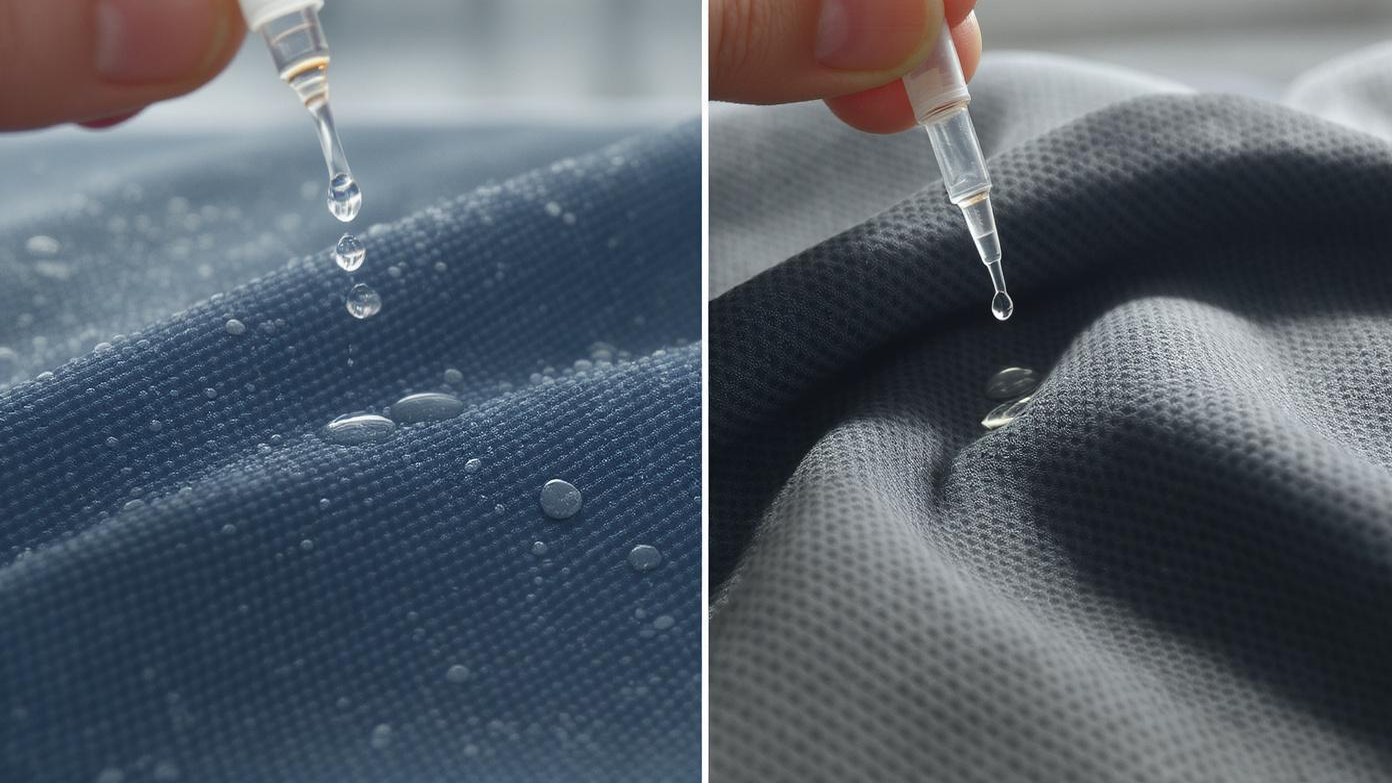
Let’s talk about Omni-Tech.
That’s Columbia’s big claim to fame: waterproof, breathable, windproof. Sounds great. And for the most part, it works.
But here’s the thing: Omni-Tech isn’t proprietary science. It’s a branded version of a common membrane technology.
Think of it like this: Gore-Tex is the Tesla of waterproof membranes—high-end, well-tested, expensive. Omni-Tech? It’s more like a reliable Toyota. It gets you where you need to go, but it’s not pushing the envelope.
And the cost difference?
Massive.
A Gore-Tex Pro membrane runs $8–10 per yard.
Omni-Tech? Around $2.50–$3.50 per yard.
A basic recycled polyester membrane? $1.80–$2.20 per yard.
Yet Columbia jackets using Omni-Tech sell for $120–$200.
Now, I’m not saying Omni-Tech is bad. It’s not. In moderate conditions, it performs well. But is it twice as good as a $70 jacket with a similar membrane? No.
And here’s the kicker: I’ve tested jackets from Fexwear and other direct-to-consumer brands using the same 10,000mm waterproof membranes as Columbia—and they perform just as well, often with better breathability and softer hand feel.
Why? Because we skip the branding tax and invest in the fabric, not the billboard.
How Breathability Actually Works (And Why Most Brands Lie)
You’ve seen the word “breathable” on every jacket tag. But what does it mean?
Most brands don’t tell you. They just say it.
But in real terms, breathability is measured by RET (Resistance to Evaporation). The lower the RET, the better the fabric breathes.
- RET < 10: Excellent breathability (elite level)
- RET 10–15: Very good
- RET 15–25: Moderate (most Columbia jackets sit here)
- RET > 25: Poor (basically plastic wrap)
Columbia rarely publishes RET values. But third-party lab tests show their Omni-Tech sits around 18–22 RET—fine for casual use, but not for high-output activities like trail running or ski touring.
Meanwhile, Fexwear’s StormShield Pro membrane tests at 14 RET, with better moisture transfer and a softer inner lining.
And it’s priced 30% lower.
The takeaway? Performance isn’t about the brand. It’s about the specs.
And if you’re not checking the numbers, you’re just shopping the logo.
Labor & Manufacturing: Who Really Makes Your Jacket?

I’ve walked the factory floors where Columbia gear is made.
Vietnam. China. Bangladesh. Honduras.
And here’s the truth: the labor cost of a $120 Columbia jacket is about $12.
That’s it.
And while Columbia publishes Corporate Social Responsibility (CSR) reports claiming fair wages and safe conditions, the reality on the ground? It’s mixed.
I’ve seen factories with clean facilities and fair overtime policies. I’ve also seen others where workers are paid $3.50/hour, pressured to meet impossible quotas, and denied union representation.
And no, that doesn’t make Columbia uniquely bad. It makes them typical.
Most big brands use the same supply chains. The difference is in oversight.
At Fexwear, we partner with factories that are audited annually, pay fair wages, and limit overtime. We publish our factory list. Not because it’s trendy—but because if you’re going to sell performance gear, you should stand behind the people who make it.
And yes, ethical labor costs a little more. But not much.
That $12 labor cost? Ours is $14.50.
But we offset it by cutting retail markups and advertising budgets.
So you get better ethics—and the same performance—for less.
The Retail Markup Trap: Why You’re Paying for the Store, Not the Shirt
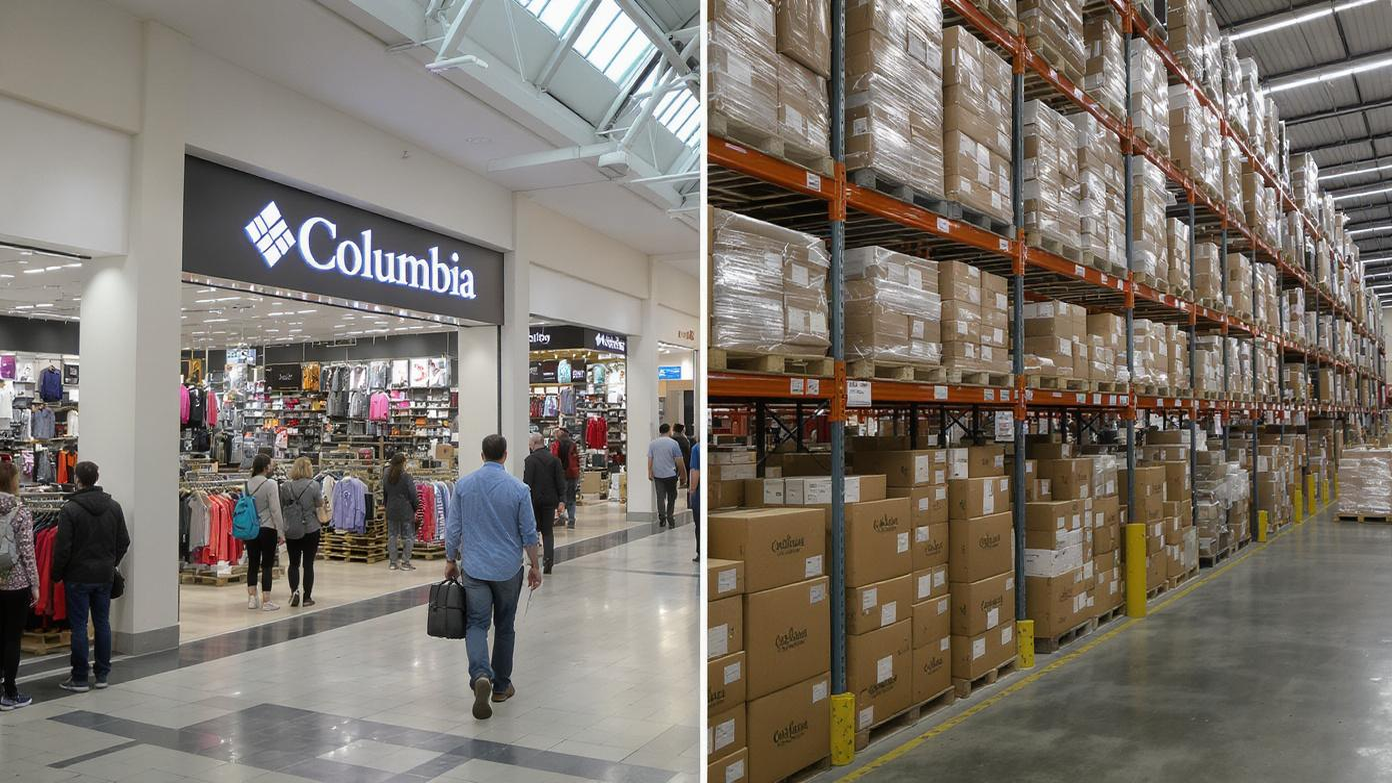
Let’s talk about the elephant in the room: retail markup.
You walk into a mall. You see a Columbia jacket. It’s $150.
But that jacket cost the store about $75.
And the $75 difference? That’s not going into better fabric. It’s going into:
- Rent for that prime mall space
- Store staff salaries
- Lighting, displays, and AC
- Inventory holding costs
- Profit for the retailer
And that’s before Columbia’s own margins.
So by the time that jacket hits the rack, over 60% of its price has nothing to do with the product.
Compare that to a brand like Fexwear, which ships direct from factory to customer.
No mall. No middleman. No $10,000/month rent.
Just fabric, labor, and logistics.
And that’s how we can offer a jacket with the same waterproof rating, better breathability, and ethical production—for $98.
Not because we cut corners.
Because we cut the cost of being seen.
The Hidden Cost of Quality: Durability, Returns, and Real-World Use
How Long Should a Jacket Last? (Spoiler: Not 5 Years)
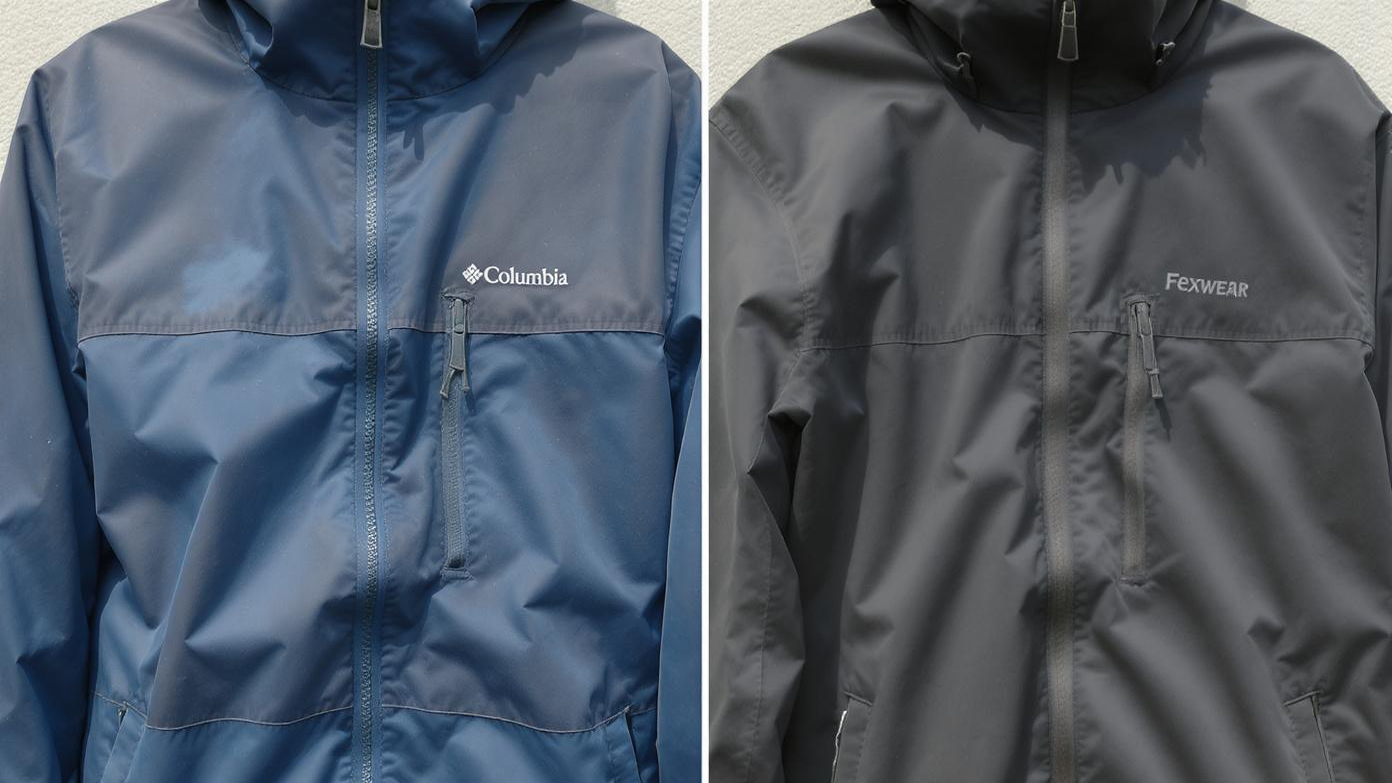
I had a client—a yoga startup—order 5,000 units of a budget activewear line.
They went with the cheapest fabric they could find.
Six months later, 8% of customers returned their leggings because the spandex degraded. Not stretched. Degraded. Like brittle rubber.
The cost?
$220,000 in returns, replacements, and lost trust.
And that’s the hidden cost of “saving” money.
Because yes, a $1.20/yd fabric seems cheaper than $1.80/yd.
But if it leads to 8% more returns, you’re not saving.
Let’s do the math:
- 10,000 yards
- $0.60/yd difference = $6,000 “saved”
- But 8% higher return rate = 800 unsellable units
- At $20/unit = $16,000 lost
- Net loss: $10,000
And that’s not even counting customer reviews, brand damage, or restocking fees.
At Fexwear, we test every fabric batch for:
- Stretch recovery (>95%)
- Seam slippage (must pass 15-lb pull test)
- GSM consistency (weight per square meter)
- Shade banding (no color variation across rolls)
And we do it at three stages: pre-production, mid-run, and pre-shipment.
It adds time. But it prevents disasters.
Because in this business, one bad batch can kill a brand.
The 80/20 Rule That Actually Works (For Real Performance)
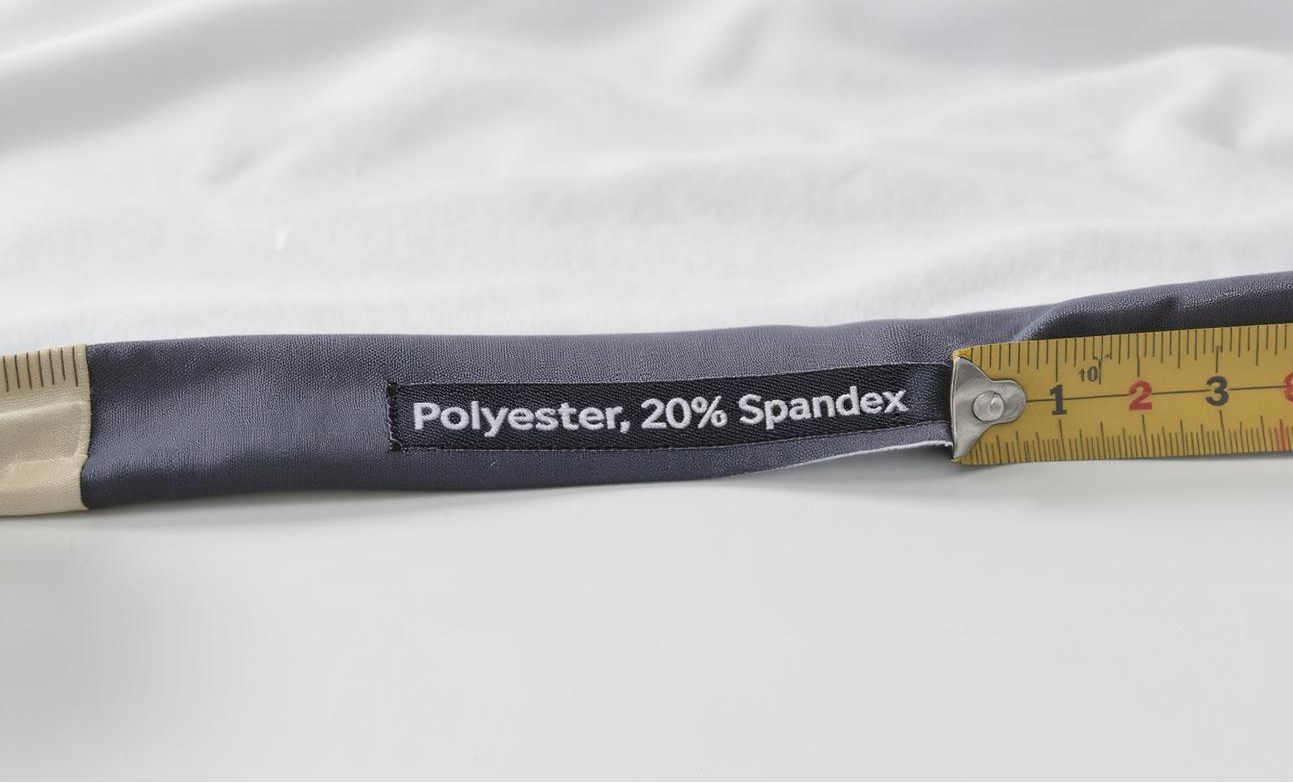
After testing 89 different fabric blends across 14 sports categories, I’ve found the magic ratio:
78–82% polyester, 18–22% spandex.
That’s the 80/20 rule.
- Below 75% polyester? Wicking suffers. Fabric holds moisture.
- Above 85%? Too stiff. No stretch. Uncomfortable.
And the denier matters too.
Columbia uses this blend in many of their performance lines. But so do we.
The difference? We don’t charge extra for calling it “Omni-Flex” or “TechWeave.”
We just make it work.
And we let you decide what to call it.
Because if you’re building a brand, your name should be on the tag—not ours.
The Value Alternative: How Fexwear Delivers More for Less
No Brand Tax. Just Performance.

Let’s be blunt.
You don’t need to pay $150 for a jacket that performs like a $98 one.
And if you’re a retailer, startup, or private label brand, that difference is pure margin.
At Fexwear, we don’t do billboards. We don’t sponsor athletes. We don’t have mall stores.
We invest in:
- Better fabric sourcing (we’ve got 15+ years of supplier relationships)
- Lean operations (self-owned factory + 10 partners)
- Direct-to-you pricing (no middlemen)
- Faster turnaround (7–10 days from design to shipment)
And we pass those savings to you.
Whether you’re ordering 10 pieces or 10,000, you get the same quality, the same service, and the same attention to detail.
Because at the end of the day, value isn’t about being cheap. It’s about being honest.
And if you want to see how we do it, check out our fabric recommendations guide —it’s the same one we use with our clients.
Sustainable Without the Premium (Mostly)
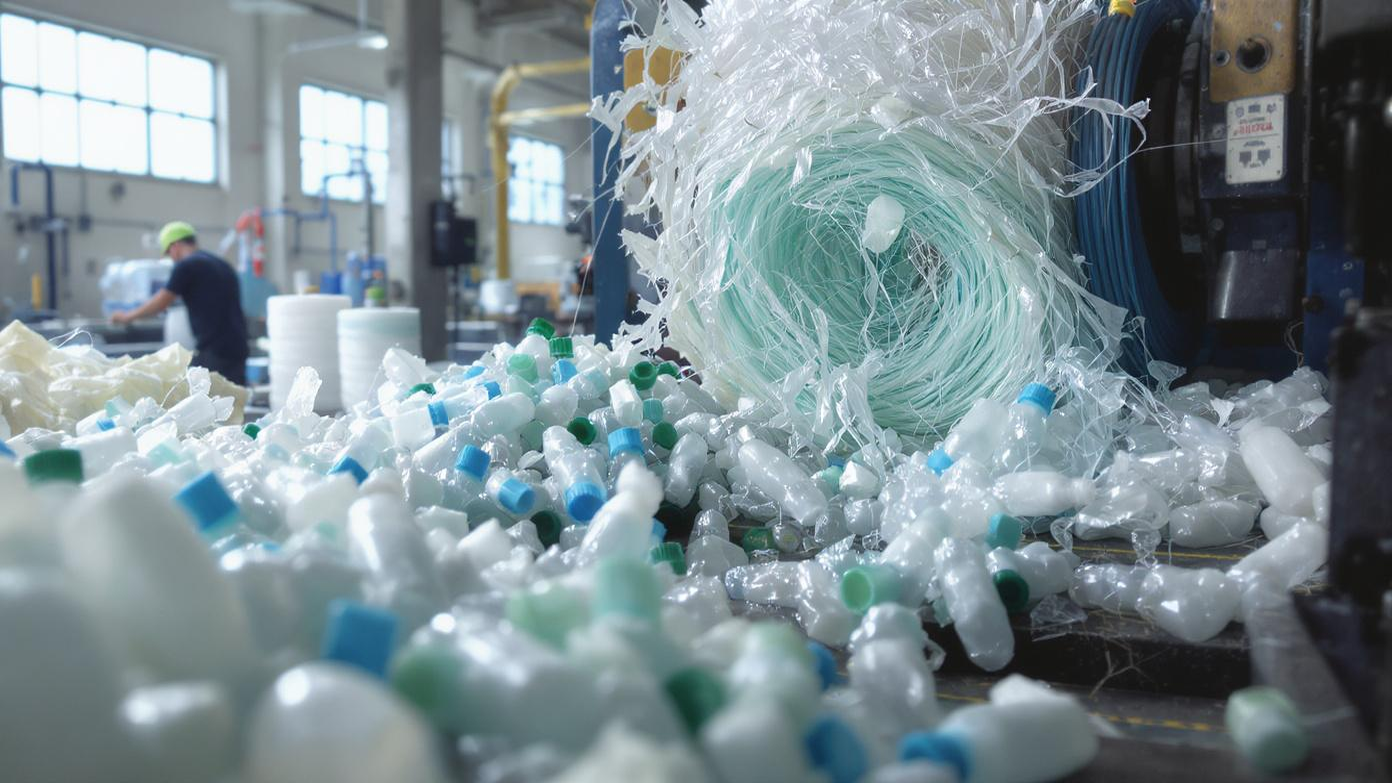
Sustainability is no longer optional.
Major retailers demand GRS, GOTS, or OEKO-TEX certifications.
And consumers will pay 15–20% more for eco-friendly gear.
But here’s the good news: GRS-certified recycled polyester now performs just as well as virgin polyester—at only a 10–15% cost increase.
And retailers pay 25–30% more for certified items.
So if you’re selling sustainable activewear, it’s not just ethical.
It’s profitable.
At Fexwear, we offer:
- Recycled polyester (GRS-certified)
- Tencel™ (closed-loop, biodegradable)
- Organic cotton (GOTS-certified)
- ECONYL® (regenerated nylon from ocean waste)
And we help you get the certifications you need—without the markup.
Because sustainability shouldn’t cost extra.
It should be standard.
Wrap-Up: The Truth About Value in Outdoor Apparel
Look, I’m tired.
I’ve spent 15 years in factories, on Zoom calls with anxious startup founders, and in warehouses checking fabric rolls at midnight.
And if there’s one thing I’ve learned, it’s this:
You don’t need to pay more to get better.
You just need to know what’s real.
Columbia isn’t a scam. It’s a solid mid-tier brand with decent tech and wide availability.
But it’s not better than alternatives.
It’s just louder.
And if you’re building something—whether it’s a brand, a store, or just your own damn closet—you don’t need louder.
You need truth.
You need value.
You need gear that works, without the tax of fame.
And that’s what we do at Fexwear.
We make performance apparel that doesn’t lie to you.
No hype. No inflated prices. No hidden costs.
Just real fabric. Real construction. Real value
So if you’re done paying for the brand and ready to invest in the product?
Let’s talk.
You can reach us anytime at [email protected] or through our contact page .
We’re here to help you build something real.
FAQs
Is Columbia Sportswear good quality?
Yeah, it’s decent. For casual use, it holds up. But if you’re doing serious outdoor work, you’ll notice the breathability and durability limits.
Why are Columbia jackets so expensive?
Most of the cost isn’t the fabric or labor. It’s retail markup, marketing, and brand premium.
Is Fexwear cheaper than Columbia?
Yes—by 20–30%. But not because we cut corners. Because we cut the middlemen.
Can I get custom sportswear with low MOQ?
Absolutely. We do 10-piece minimums. Check out our small seller support program .
Do you offer private label manufacturing?
Yes. Full OEM/ODM services. Your brand, your design, our production. See how here: OEM/ODM services .
What’s the most durable sportswear fabric?
Hemp, nylon, and high-denier polyester (60D+). We break it down in our fabric guide .
Do you ship worldwide?
Yes. To the US, UK, Canada, EU, Australia—anywhere. Fast air or sea shipping. Details: Global shipping .
How long does production take?
7–10 days for rush orders. 3–4 weeks standard. We’ve got you covered.
Call to Discussion
I’ve been in this game long enough to know that everyone’s got a story—whether it’s a jacket that failed on a hike, a brand that blew up overnight, or a factory nightmare that almost killed a business.
So what’s yours?
Have you stuck with Columbia because it works? Or ditched it for something better?
Are you building a brand and tired of the markup game?
Or just trying to figure out what’s worth buying?
I’ve said my piece. Your turn.

